You’ve done the research. You’ve compared lumens, contrast ratios, and 4K resolutions. You’ve found the perfect smart projector, boasting the latest "Android 11" system, promising a world of apps and entertainment. You set it up, excited for a cinematic movie night, open Netflix, and… the image is a blurry, pixelated mess. Or worse, the app won't even run properly.
Sound familiar? You've just encountered the most critical, yet most misunderstood, aspect of modern projectors: the operating system. The hard truth is that not all "smart" projectors are created equal. The difference between a frustrating, buggy experience and a seamless, high-definition one lies in a single word: certification. This guide will illuminate why a projector with a certified system, like Android TV or Google TV, is not just a preference but a necessity, and why it's vastly superior to a projector running a conventional, non-certified version of Android 9 or Android 11.
The Great Illusion: What "Android 9/11" Really Means
When a projector is advertised as having "Android 9" or "Android 11," it's often running a modified, open-source version of the mobile Android operating system. This is known as the Android Open Source Project (AOSP). Think of it as the bare-bones skeleton of Android, the same version designed for phones and tablets. While it sounds impressive, here’s what’s happening under the hood: manufacturers are essentially strapping a tablet's operating system into a projector. This creates a host of problems.
Clunky, Unintuitive Interface
AOSP is designed for touchscreens. Navigating it with a remote control is often a clunky, frustrating experience. You'll find yourself using an awkward on-screen cursor to click on tiny icons meant for a fingertip.
Sideloaded and Unreliable Apps
These projectors don't have the official Google Play Store. Instead, they come with a third-party app store (like Aptoide) or require you to "sideload" apps using APK files from the internet. These apps are not optimized, often crash, and rarely receive updates.
Massive Security Risks
Without official support from Google, these devices miss out on crucial security patches, leaving your device and your data vulnerable to malware and other threats. But the single biggest failure is its inability to handle premium, high-definition content. And the reason for this comes down to two crucial letters: DRM.
The Content Gatekeeper: Understanding DRM and Widevine
Digital Rights Management (DRM) is the technology that streaming giants like Netflix, Disney+, Amazon Prime Video, and HBO Max use to protect their content from piracy. For a device to be trusted to play their movies and shows in high definition (HD) or 4K, it must meet strict security standards. The most common DRM system used on Android is Google Widevine. It has two primary security levels:
Widevine L3
This is a software-based security level. It's the lower, less secure tier. Devices with only L3 certification are blocked from streaming content above Standard Definition (480p). This is why Netflix looks blurry on your brand new 4K projector—the device is not trusted with an HD stream.
Widevine L1
This is the highest, hardware-based security level. The decryption process happens in a protected area of the processor. Only devices with Widevine L1 certification are authorized to play content in Full HD (1080p), 4K, and HDR.
Projectors with a certified system like Android TV or Google TV are required to have Widevine L1. Non-certified AOSP projectors almost always have only Widevine L3. They may have a 4K panel, but they lack the digital "key" to unlock 4K content from the world's most popular apps.
The Champion of Cinema: 5 Unbeatable Advantages
Choosing a projector with an officially licensed and certified operating system like Google TV or Android TV transforms your experience from a clunky workaround into a seamless entertainment hub.
1. Guaranteed HD and 4K Streaming
This is the number one reason. A certified projector guarantees Widevine L1 support. This means you can watch Netflix, Prime Video, and Disney+ in the glorious 4K HDR quality you paid for. No workarounds, no blurry streams—just pristine, cinematic visuals.
2. Access to the Official Google Play Store
Forget sketchy third-party stores and sideloading APKs. A certified system gives you the real, TV-optimized Google Play Store with thousands of compatible apps that get regular updates.
3. A User Interface That Makes Sense
Android TV and Google TV feature an interface designed for the "10-foot experience"—sitting on your couch and navigating with a simple remote. Content is front and center, with recommendations from all your services in one place.
4. Chromecast Built-in and Voice Control
A certified projector comes with Chromecast built-in as standard. This allows you to effortlessly cast content from your phone. Furthermore, you get the power of Google Assistant for voice commands.
5. Rock-Solid Security and Stability
Google enforces strict hardware and software standards for any device that carries its certification. This means you get a more stable, reliable product that receives timely security updates directly from Google.
Head-to-Head Comparison
| Feature | Certified System (Google TV) | Non-Certified System (AOSP) |
|---|---|---|
| Streaming Quality | HD, 4K, HDR (Widevine L1) | Limited to SD 480p (Widevine L3) |
| App Store | Official Google Play Store | Unofficial 3rd-party stores |
| App Compatibility | Optimized for TV; guaranteed | Hit-or-miss; frequent crashes |
| User Interface | Polished, remote-friendly | Clunky, designed for touchscreens |
| Casting | Chromecast built-in | Unreliable third-party apps |
| Voice Control | Integrated Google Assistant | Basic or non-existent |
| Updates & Security | Regular, direct from Google | Infrequent or no updates; high risk |
How to Ensure You're Buying a Certified Projector
When shopping, be a savvy consumer. Manufacturers of non-certified projectors often use misleading language. Look for these official logos and terms on the product page and packaging:
- "Google TV" or "Android TV" logo.
- "Chromecast built-in" logo.
- Mentions of "Official Google Play Store."
- Specifications confirming "Widevine L1" certification.
- Be wary of vague phrases like "Android-powered," "Smart OS," or just a version number like "Android 11." These are red flags for a non-certified, AOSP-based system.
Conclusion: Don't Compromise on the Brains of Your Projector
A projector's operating system isn't just another feature on a spec sheet—it's the heart and soul of its smart experience. While the allure of a cheap "Android 11" projector is strong, the reality is a dead-end of blurry streams, missing apps, and security vulnerabilities. By investing in a projector with a certified system like Google TV or Android TV, you are not just buying hardware; you are investing in a seamless, secure, and future-proof entertainment platform. It’s the crucial difference between a projector that can display an image and a true home cinema projector that delivers the breathtaking, high-definition experience you deserve. Next time you shop, look past the lumens. Check the certification. Your movie night will thank you.
Frequently Asked Questions (FAQ)
Q1: Can I just install Netflix on any Android projector?
You can often install the app, but on a non-certified projector with Widevine L3, the app will be restricted to streaming in Standard Definition (480p), regardless of your projector's resolution or your Netflix plan.
Q2: My 4K projector is running Android 11. Isn't that better than an older version of Android TV?
No. The version number is misleading. A certified Android TV (even an older version) running on a stable, secure platform with Widevine L1 will always provide a superior experience for streaming and apps compared to a newer, non-certified version of AOSP like Android 11. It's about the certification and optimization, not the version number.
Q3: I already bought a non-certified projector. What can I do?
The best solution is to bypass the projector's built-in OS entirely. Purchase a certified streaming stick like a Chromecast with Google TV, Amazon Fire TV Stick 4K, or Roku Streaming Stick. Plug it into your projector's HDMI port, and you'll get all the benefits of a certified system for a small additional cost.

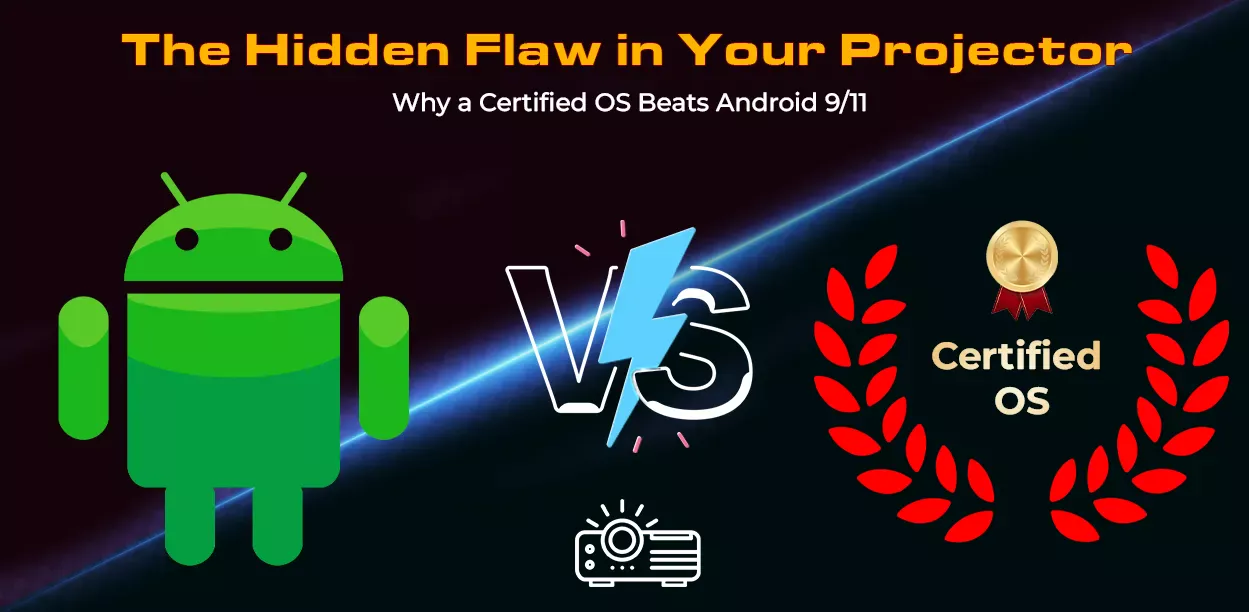

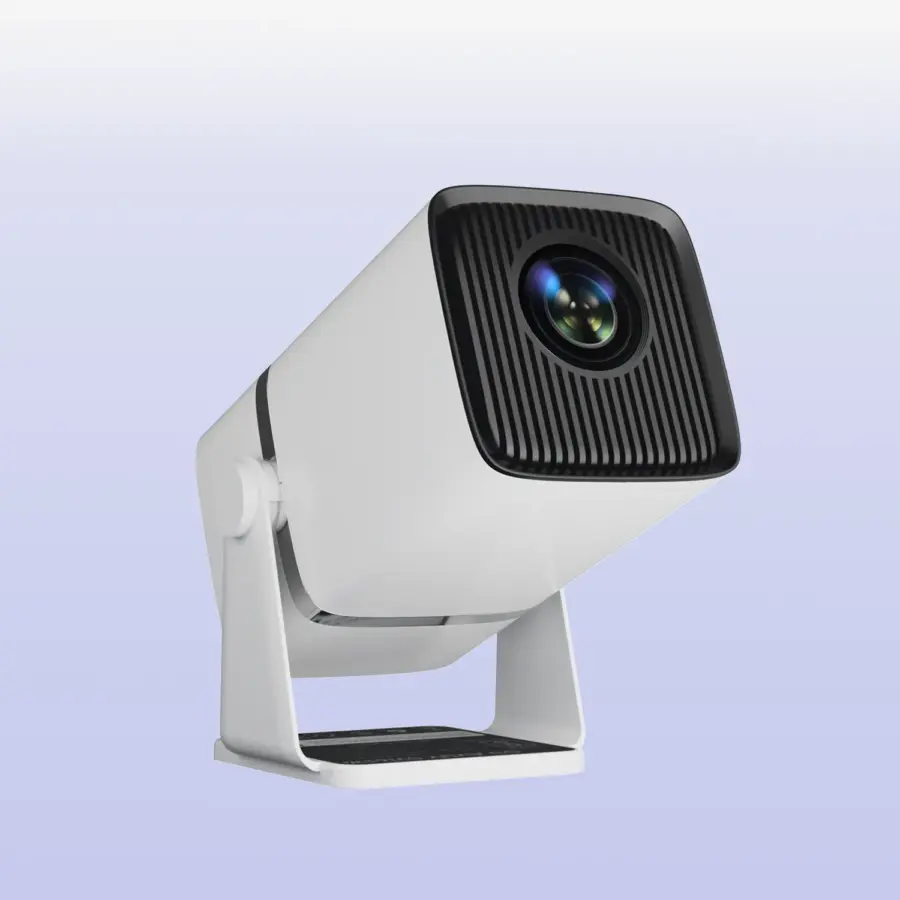
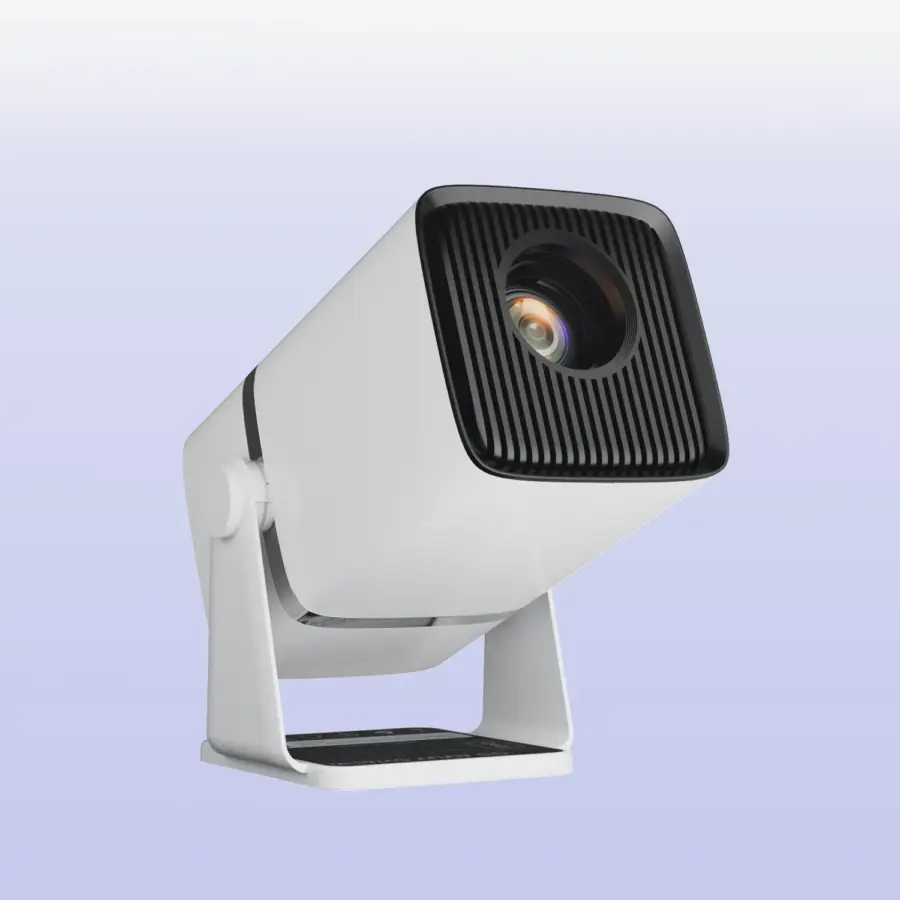
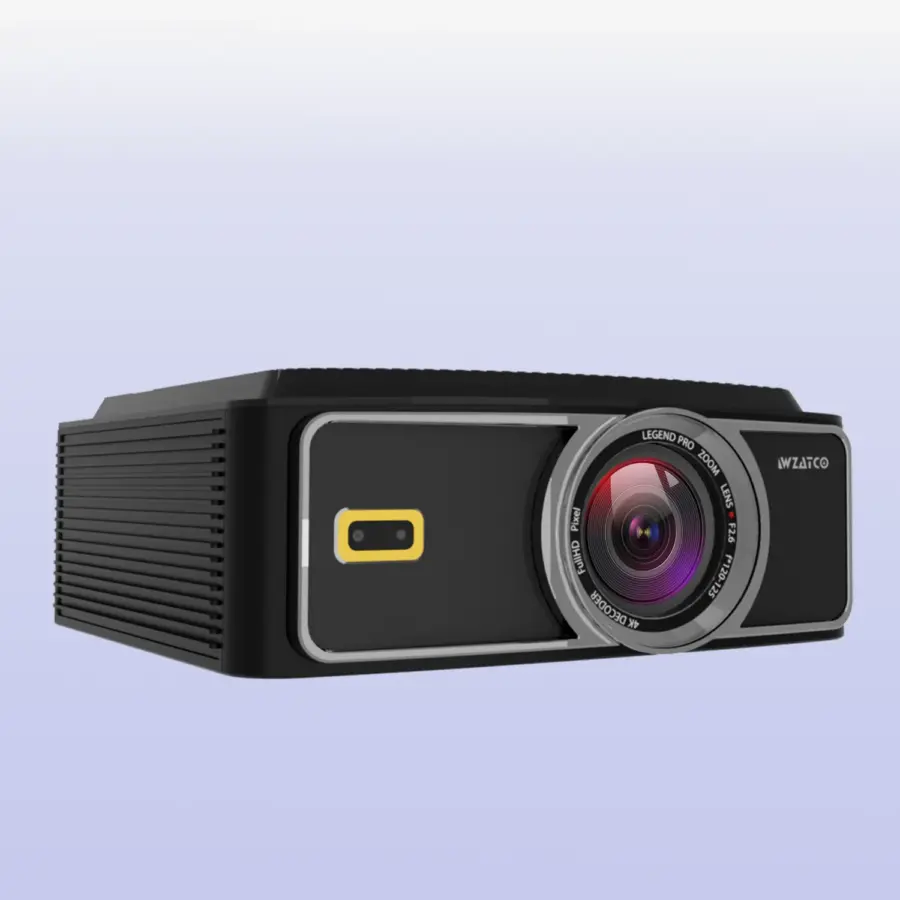
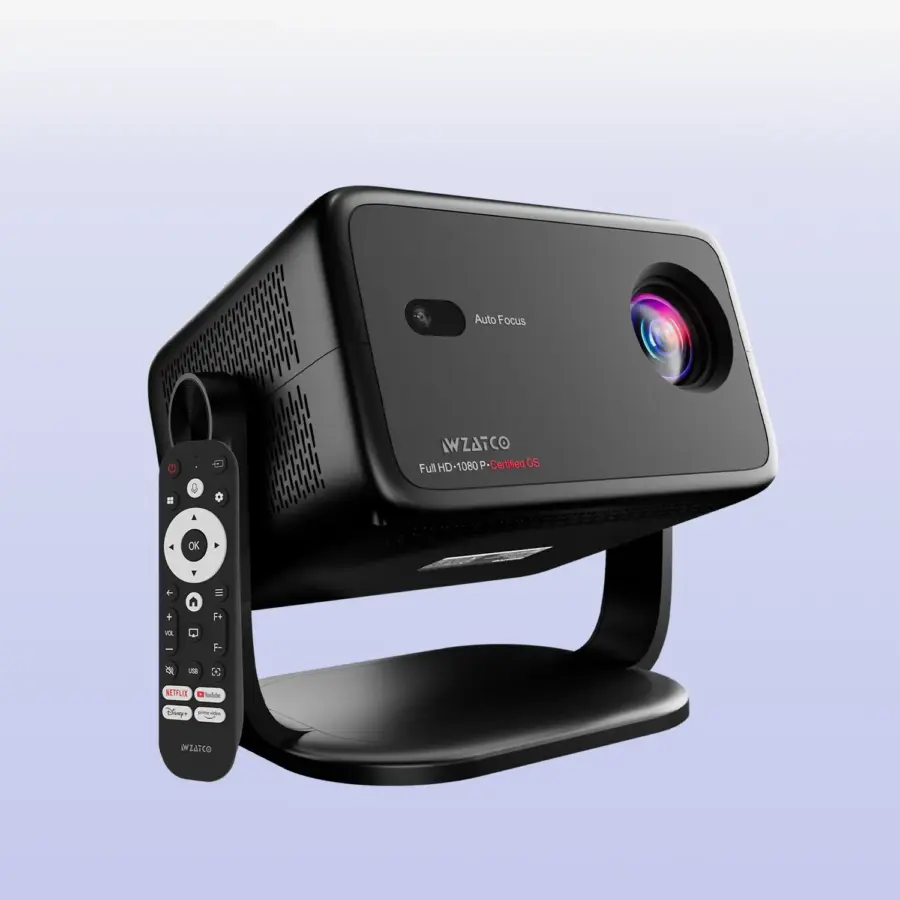
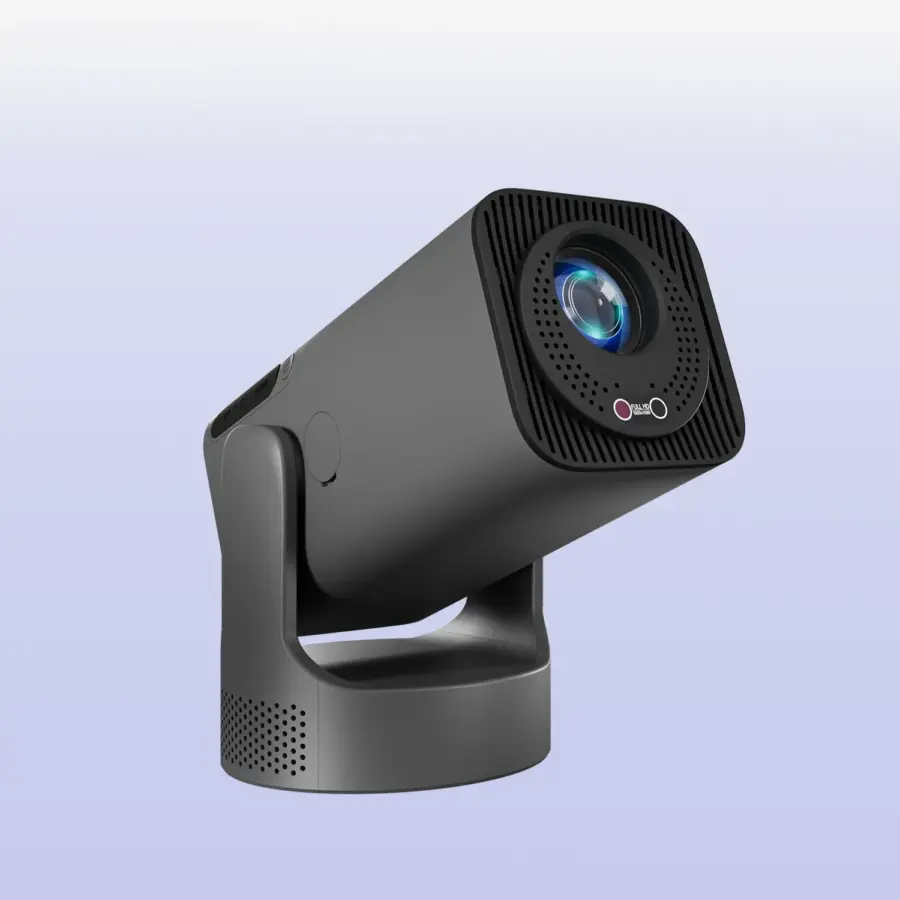
Comments (11)
I was recommended this website by my cousin I am not sure whether this post is written by him as nobody else know such detailed about my trouble You are amazing Thanks
Your blog is a beacon of light in the often murky waters of online content. Your thoughtful analysis and insightful commentary never fail to leave a lasting impression. Keep up the amazing work!
I just wanted to express my gratitude for the valuable insights you provide through your blog. Your expertise shines through in every word, and I’m grateful for the opportunity to learn from you.
Somebody essentially lend a hand to make significantly posts I might state That is the very first time I frequented your web page and up to now I surprised with the research you made to create this particular put up amazing Excellent job
Hey there You have done a fantastic job I will certainly digg it and personally recommend to my friends Im confident theyll be benefited from this site
hiI like your writing so much share we be in contact more approximately your article on AOL I need a specialist in this area to resolve my problem Maybe that is you Looking ahead to see you
What i do not understood is in truth how you are not actually a lot more smartlyliked than you may be now You are very intelligent You realize therefore significantly in the case of this topic produced me individually imagine it from numerous numerous angles Its like men and women dont seem to be fascinated until it is one thing to do with Woman gaga Your own stuffs nice All the time care for it up
Your blog is a beacon of light in the often murky waters of online content. Your thoughtful analysis and insightful commentary never fail to leave a lasting impression. Keep up the amazing work!
Projector remote control not working inwarranty period but not replacing and not available eney shoroom, presently projector unuseble very bad situation
Please Raise a Ticket Here
First off all, I really want too appreciate how well thiss article is written, this articpe immediately stands out for itss clarity and
practical approach. The explanations are easy to follow,
and the content feels genuinely helpful rather than promotional.
The effort put into researching and presentingg this guide
is clearly visible. I strongly encourage the blog admin to keep publishing such high-quality and user-focused content.
Just last evening whenn I was comparing differeent projector options, and that’s when I came across thiss detailed projector buying guide india 2025.
The article immediately caught my attention because it explains technical specifications in a very simple and practical manner, making it easy even for first-time buyers to understand.
For anyone planning to build a home-theatre setup, this guide
does an excellent jobb off explaining what to look for before purchasing
a projector. The comparison points, usage scenarios,
and buying tips feel realistic and experience-based rather than copid from product listings.
What I personally found most useful, wass hoow the article
focuses on real Indian usage conditions such
as room size, lighting, and budget considerations. Anyone searching for the best projector 2025 india will definitely
benefit frlm this balancrd and honest approach.
To sum it up clearly, this article is a reliable annd well-written resouurce for readers who want a cinematic experience at home without confusion. It’s the kjnd of
guide you can trust before making an important purchase
decision.